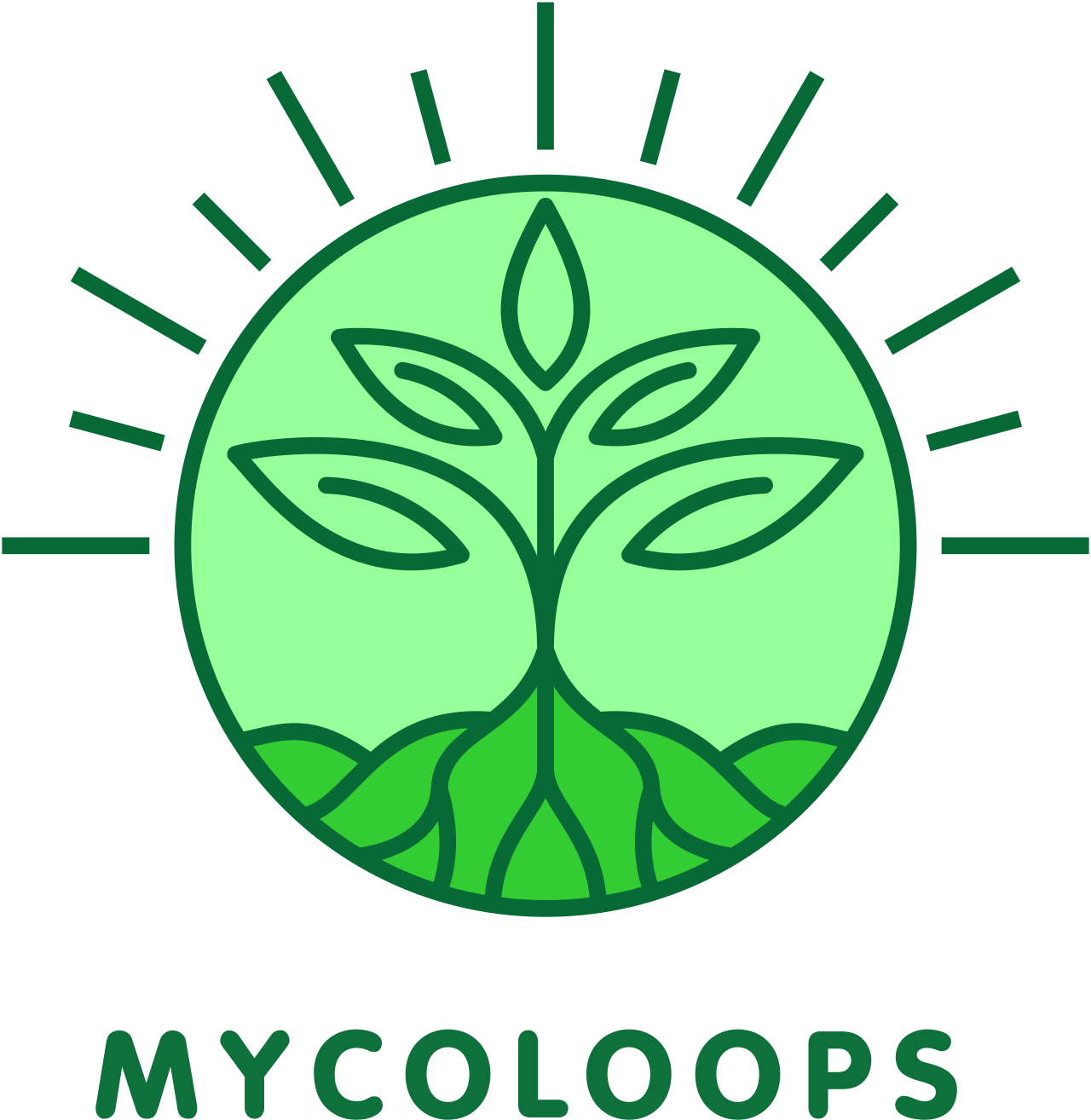
UPCYCLING THE BIOME

PROCESSES
Mycoloops’ microbial-rich products have been developed specifically with farmers and landowners in mind. From waste, we create a diverse range of biological materials which can be used to enrich different environmental conditions, including biomass blends tailored to your specific soil type.
Closed Aerated Composting Process
The Closed Aerated Composting process uses ecological engineering principles centred around a solid-state bioreactor. Raw materials are continuously fed into a bioreactor, inoculated with selected microorganisms, before being mixed and aerated. By using a bioreactor, (which creates a regulated environment for maximum efficiency and control), consistent operating parameters can be applied to guarantee a precise compost product which can be continually produced.
Open Aerated Composting Processes
Aerated Composting
Aerated static pile composting is an effective method to accelerate and manage the decomposition of organic matter. By actively introducing air into a compost pile, it boosts the levels of oxygen. This turbo-charges the microorganisms responsible for the breakdown of the organic materials, making the composting process quicker, and more controlled.
Vermiculture
Vermiculture is the process of creating compost by adding earthworms to different types of biodegradable waste. Through the creation of airways and water channels in the waste (called biopores) as a result of burrowing - and the nutrient-rich content of worm casts - vermiculture helps to produce an organic compost which is particularly rich and complex.
Fungi
Various varieties of fungi can be added waste material to help accelerate its decomposition. In the process, fungi further enhances the overall quality of the compost by improving its biological diversity and structure. Fungi also helps release and recycle phosphorus and nitrogen, which are both vital for soil health. The result is a nutrient-rich compost which can be used as a high-performance, chemical-free fertilizer for all types of plants and soil




